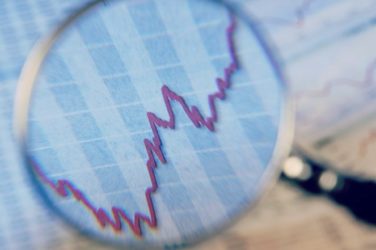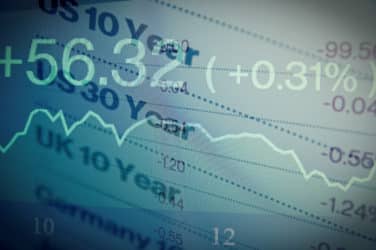David Ullrich, Senior Vice President, Execution Strategies
What do you see as the next watershed for the industry in 2017?
In the FX space, the continued demand for efficient execution conducted through an EMS will drive more asset managers to review their trading capabilities and processes across assets. The two areas where an EMS is lacking, fixed income markets and the OTC option space, will see dramatic improvements in capabilities and market access.

David Ullrich, FlexTrade
In the fixed income space, European regulation will drive the process and the need for electronic trading, and both the sell side and buy side will help to develop and build an efficient fixed income platform. Although I wouldn’t expect the fixed income market to approach the quality of, say, an equity platform due to the disparate product specifications and various regulatory requirements that each may require, the pace of innovation and connectivity should increase quite dramatically.
Within the FX market, more sell-side providers will provide option pricing, at least within more vanilla types, and stream to liquid dates. Furthermore, regulatory impacts may also benefit the electronification of the market if the product becomes more standard and credit moves towards a central clearing model.
Lastly, and perhaps as importantly, the rise of the multi-asset EMS system will gather speed to help control costs, trading capabilities, reporting and overall improvements to execution quality.
What do you view as the most important lesson of 2016?
Certainly, the TCA efforts in FX as a driver in managing the pre-trade/trade/post-trade execution cycle have become more paramount. Not just as a strict measurement of execution quality reflective of the price at the time of trading, but more of a holistic execution tool with explicit tools to help govern the overall execution itself.
As an OTC market, these tools have largely been unavailable to most participants outside of a fully electronic venue, and the rise of the EMS trading capabilities certainly creates the vantage point to examine in-flight as well as pre-trade enhancements. More dynamic trading styles offered by the sell side or built in-house by the buy side will tend to govern FX trading in the years to come.
But again, these tools will be developed as a result of the enhanced TCA applications. Also, the newer TCA model helps define one’s currency framework and manages its newer constituents: internal compliance, external clients, and external regulation. Finally, for an asset manager or even hedge fund trader, we can truly define the best execution practice and efficient execution from the fund level to the portfolio manager.
Which hot topics/hype should be retired at the end of 2016?
I’m sorry to say that hot topics, such “last look,” will continue to get air time ad nauseam until there is a new villain to take their place.





